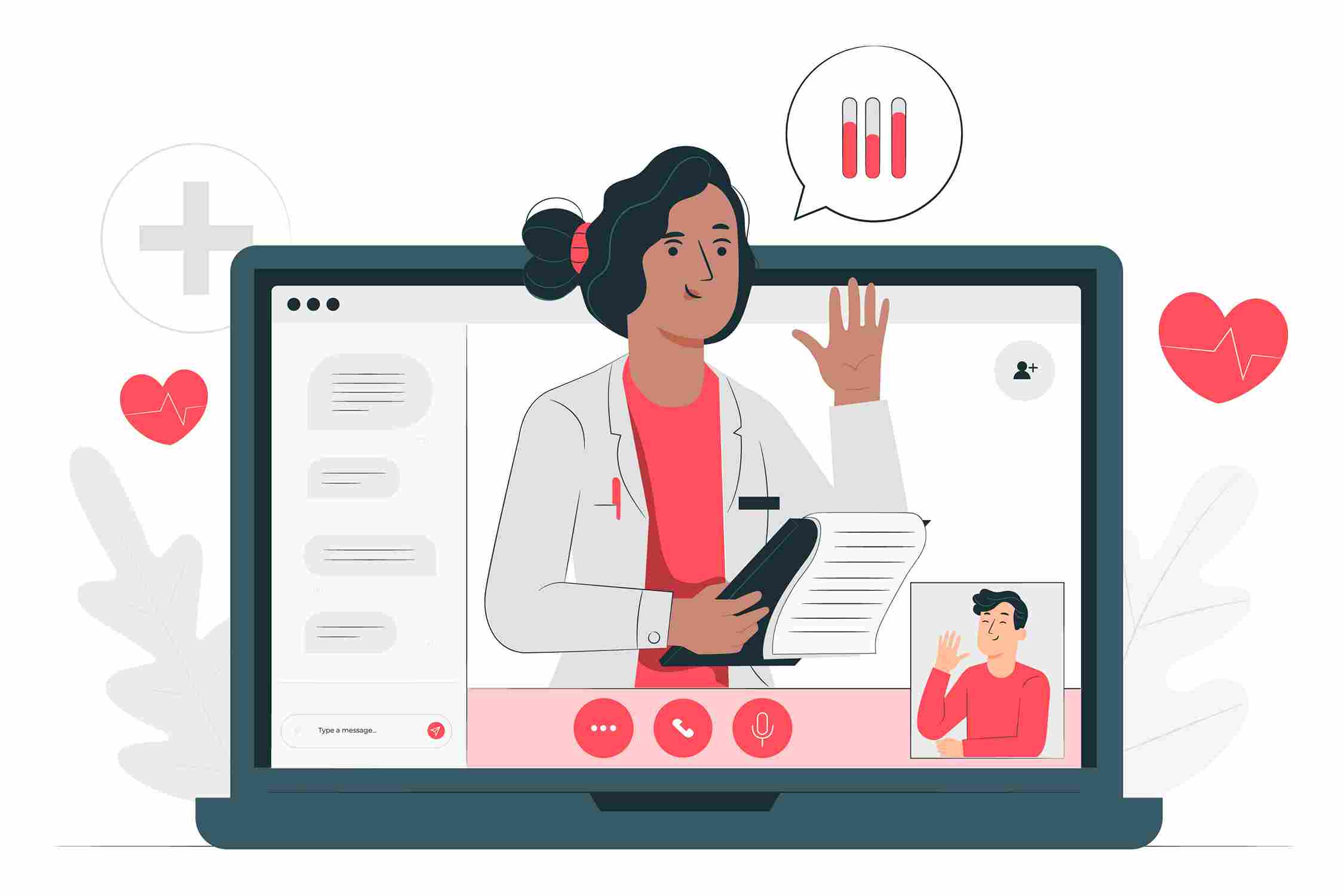
Digital transformation is fundamentally reshaping hospitals worldwide, ushering in a new era of patient care, operational efficiency, and data-driven decision-making. For hospital leaders, clinicians, and IT teams, understanding and embracing this change is essential to stay competitive and deliver the best possible outcomes for patients. In this comprehensive guide, we explore what digital transformation means for hospitals, the technologies driving it, the benefits and challenges, and how a robust hospital management system (HMS) is at the heart of this evolution.
What Is Digital Transformation in Hospitals?
Digital transformation in hospitals refers to the strategic integration of advanced digital technologies into every aspect of hospital operations and patient care. It’s not just about adopting new tools—it’s about rethinking workflows, improving interoperability, and fostering a culture that embraces innovation. Key elements include electronic health records (EHRs), telemedicine, artificial intelligence (AI), cloud computing, data analytics, and interoperable systems that break down traditional data silos.

The Technologies Powering Hospital Digital Transformation
1. Electronic Health Records (EHRs) and Interoperability
Modern EHRs are the backbone of digital hospitals, enabling real-time access to patient data and seamless information exchange across departments and care settings. Interoperability ensures that data flows freely and securely, supporting coordinated care and reducing duplication.

2. Telemedicine and Virtual Care
Telemedicine platforms allow hospitals to extend care beyond their walls, offering virtual consultations, remote monitoring, and follow-up services. This technology increases access, especially for rural and underserved populations, and has become a standard expectation post-pandemic.
3. Artificial Intelligence and Analytics
AI-driven analytics are transforming everything from diagnostics to staffing. Hospitals use AI for early disease detection, predictive analytics, workflow optimization, and personalized treatment plans. These tools support smarter, faster decision-making and help address clinician burnout by automating routine tasks.
4. Cloud Computing
Cloud-based solutions enable hospitals to scale their IT infrastructure, improve data storage and security, and support remote access for staff and patients. Hybrid cloud models are increasingly common, balancing flexibility with compliance and privacy needs.

5. Cybersecurity and Compliance
As hospitals digitize, robust cybersecurity measures and regulatory compliance (e.g., HIPAA, GDPR) become critical. Protecting sensitive patient data and maintaining trust are top priorities.
6. Internet of Things (IoT) and Wearables
Connected devices and wearables enable real-time patient monitoring, automate data collection, and support proactive interventions, enhancing both acute and chronic care management.
The Benefits of Digital Transformation for Hospitals
- Enhanced Patient Care: Digital tools enable more accurate diagnoses, personalized treatments, and continuous patient engagement, leading to better outcomes and higher satisfaction.
- Operational Efficiency: Automation, analytics, and streamlined workflows reduce administrative burdens, minimize errors, and optimize resource allocation, driving down costs.
- Data-Driven Decision-Making: Real-time analytics empower hospital leaders to make informed decisions, improve quality, and respond swiftly to emerging challenges.
- Improved Access and Equity: Telemedicine and digital outreach bridge gaps in care for rural, elderly, or underserved populations, making healthcare more inclusive.
- Future-Proofing: Digital transformation positions hospitals to adapt to new challenges, regulatory changes, and patient expectations, ensuring long-term sustainability.
Key Steps for Successful Digital Transformation
1. Set Clear Goals and Vision
Define what you want to achieve—better care, efficiency, or cost savings – and align digital initiatives with your hospital’s mission.
2. Assess Current Infrastructure
Evaluate existing systems, data capabilities, and staff readiness to identify gaps and opportunities for improvement.
3. Secure Leadership and Stakeholder Buy-In
Engage decision-makers, clinicians, and IT teams early to ensure support and smooth adoption of new technologies.
4. Develop a Scalable Digital Strategy
Create a roadmap that prioritizes high-impact areas, such as EHR modernization, telemedicine, and patient portals, and allows for future expansion.

5. Invest in the Right Technologies
Choose secure, interoperable, and scalable solutions that integrate with your hospital’s workflows and support long-term growth.
6. Focus on Data Security and Compliance
Implement strong cybersecurity measures and ensure compliance with all relevant regulations to protect patient data.
7. Upskill Staff and Promote Digital Literacy
Provide ongoing training and support to help staff adapt to new tools and foster a digital-first mindset.
8. Monitor, Optimize, and Innovate
Track progress with KPIs, gather feedback, and continuously refine digital initiatives to maximize value and user satisfaction.
Challenges Hospitals Face in Digital Transformation
While the benefits are clear, hospitals often encounter obstacles such as:
- Integration Issues: Connecting new digital tools with legacy systems can be complex and costly.
- Cultural Resistance: Staff may be hesitant to change established workflows or learn new technologies.
- Data Security Concerns: Migrating sensitive data to the cloud or new platforms raises privacy and compliance risks.
- Budget Constraints: Upfront investments in technology and training can be significant, requiring careful planning and prioritization.
Overcoming these challenges requires strategic planning, stakeholder engagement, and selecting technology partners with proven healthcare expertise.
The Role of Hospital Management Systems in Digital Transformation
A modern hospital management system (HMS) is the foundation of successful digital transformation. Here’s how an HMS drives value:
- Centralized Data Management: Unifies clinical, operational, and financial information, breaking down data silos and supporting interoperability.
- Workflow Automation: Streamlines admissions, billing, scheduling, and reporting, reducing manual work and errors.
- Real-Time Analytics: Provides actionable insights for leadership, clinicians, and administrators to make data-driven decisions.
- Patient Engagement Tools: Integrates patient portals, telemedicine, and feedback systems to enhance the patient experience.
- Scalability and Flexibility: Adapts to changing needs, supports new digital health initiatives, and ensures compliance as regulations evolve.
By partnering with an HMS provider committed to innovation and healthcare best practices, hospitals can accelerate their digital transformation journey and realize measurable improvements in care quality, efficiency, and sustainability.
Digital Transformation: The Future of Hospital Care

By 2025 and beyond, digital transformation will continue to redefine what’s possible in hospital care. AI-driven diagnostics, virtual care, and interoperable cloud platforms will become the norm, enabling hospitals to deliver more connected, intelligent, and patient-centric services than ever before.
Hospitals that embrace this shift—supported by a robust, future-ready hospital management system—will be best positioned to thrive in a rapidly changing healthcare landscape.
Ready to future-proof your hospital? Discover how our hospital management system can help you harness the full potential of digital transformation for better care, smarter operations, and long-term success.

